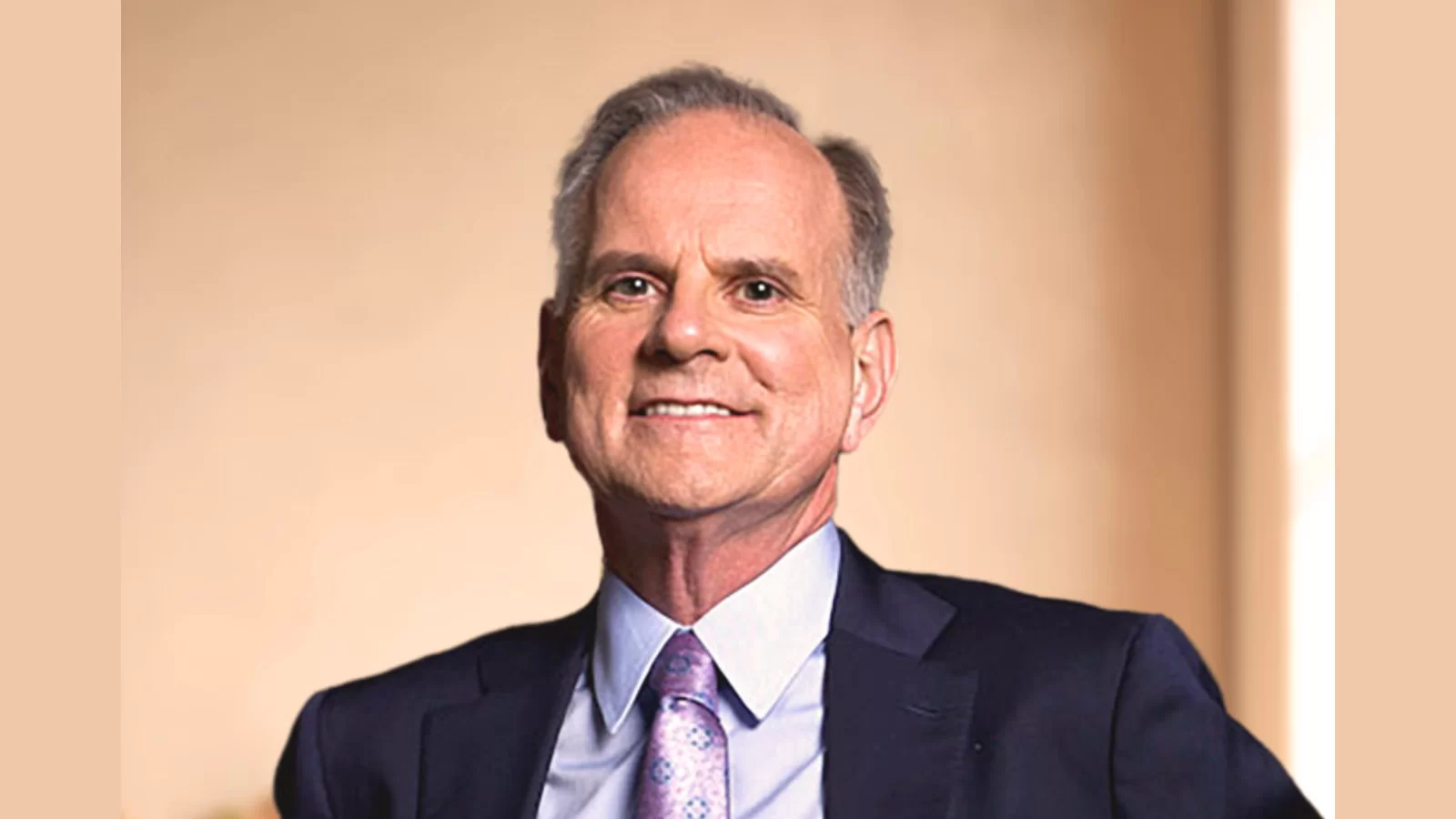For too long, we have asked too much of our medical professionals. As if the demands of dealing with an on-going global pandemic weren’t enough, we also expect doctors and nurses to be both empathetic caregivers and data entry specialists. For hours each day, physicians are asked to connect with patients and listen to their concerns while simultaneously staring at a screen, filling out forms for electronic health record (EHR) systems.
According to the National Institutes of Health, physicians now spend more than a third of their time documenting patient care, an estimated 4.5 hours each day. It’s little wonder that the rate of physician burnout is at an all-time high. And when physicians are burnt out, patient care can suffer.
The problem is not EHRs. These systems benefit both caregivers and patients, greatly improving the consolidation and security of patient information, while allowing health providers to better collaborate when treating the same patient.
The problem is how we go about capturing this data in the first place. Turning highly trained medical professionals into typists and form fillers is a waste of both time and talent. Advances in natural language processing, ambient listening, and generative AI present a clear opportunity to streamline this process. Clinicians can capture patient interactions in real time without ever touching a keyboard or staring at a screen. And they can preserve a lot of data that today is now lost, which could lead to new medical discoveries down the road.
By recording clinical interactions and using generative AI to interpret them, we can give huge amounts of time back to caregivers – time they could then spend developing deeper, healthier relationships with their patients.
Three keys to the effective capture of clinical information
AI-powered speech recognition has taken tremendous strides in just a few short years. As a longtime Chairman and CEO of Nuance Communications, I am intimately familiar with both the capabilities and limitations of this technology. When I joined Nuance, the state of art for capturing patient information was audio recordings and manual transcriptions. Today its cloud-based automated speech systems are used by more than 600,000 physicians in the US, including 80 percent of radiologists.
Three core components must be in place to enable comprehensive, hands-free data capture in clinical settings:
1. Sophisticated speech recognition and disambiguation. With advancements in natural language processing, machines can now convert speech to text at near-human levels of accuracy. Today’s systems are also able to disambiguate voices in the physician-patient dialog, identifying who’s speaking at any given time.
2. The use of large language models (LLM) trained in medical terminology. It’s not enough to understand human speech; to complete the solution, the system also needs to generate notes. That requires LLMs.
3. Responsible AI. Doctor-patient interactions involve some of the most sensitive, and highly regulated, data on the planet. Any solution that aims to automatically capture this information must follow strict guidelines about the ethical use of AI, and employ comprehensive security and privacy controls.
We are at a point in the evolution of technology where all of these components are reaching maturity.
Recovering an ocean of ‘lost’ patient data
The benefits of using AI to automatically collect and interpret health information would extend far beyond giving time back to physicians, alleviating burnout, or fostering a closer doctor-patient relationship.
For one thing, it will meaningfully reduce human error — especially errors resulting from physicians rushing to complete documentation in as little time as possible. A 2022 study published in the Journal of the American Medical Association (JAMA) found that half of all medical documentation had been copied and pasted from one patient record to another, greatly increasing the risk from errors in diagnosis and treatment.
Perhaps more important, the vast majority of information shared in clinical settings is lost due to practitioners focused on data entry, combined with inherent limitations of the EHR interface. A documentation system that is always listening can capture all of the doctor-patient interactions, substantially increasing the amount of data available to both healthcare providers and medical researchers.
What’s in that data? We don’t even fully know yet. But imagine the ability to aggregate anonymous data from millions of clinical conversations, then use predictive algorithms to identify root causes and the most effective treatments. This could have an enormous impact on improving the health of entire populations.
Obviously, doctor-patient conversations deserve the highest levels of privacy and security. Extra care must be taken to obtain patient consent and prevent unauthorized access or accidental leaks. Before any AI-driven documentation system is deployed, adequate safety measures must be in place. These are all base-level requirements.
It’s true that no new technology is entirely free of risk. But the benefits of automating how we collect clinical information far outweigh any potential mishaps. I see generative AI as the next great advancement in the evolution of healthcare, one that will help alleviate clinician burnout, bring medical professionals and their patients closer together, and lead to new discoveries in diagnosis and treatment.
The time for automating these processes has come, and I’m excited about what the future will bring.

